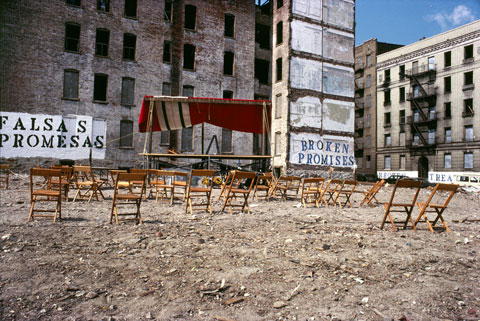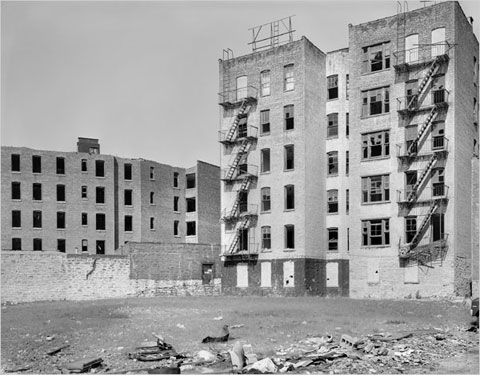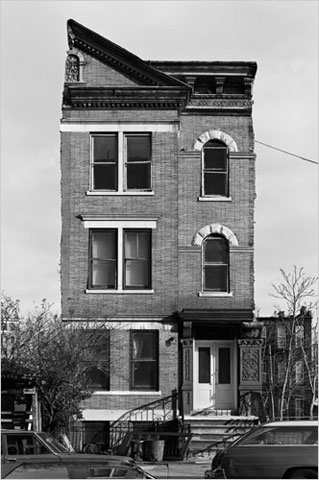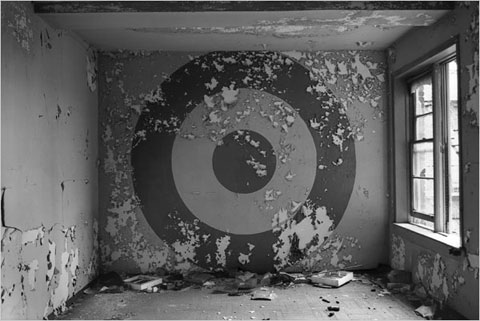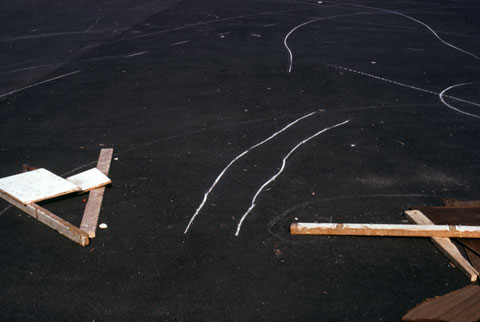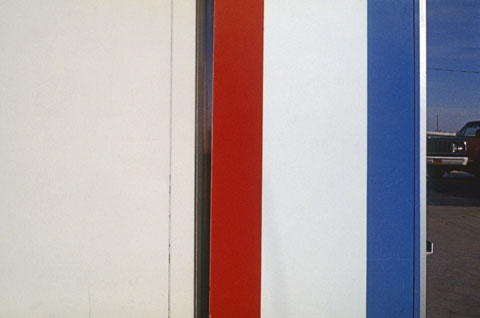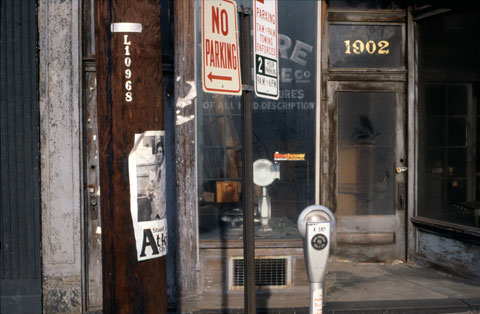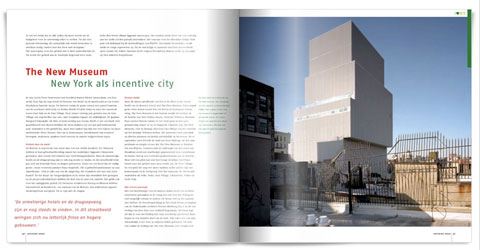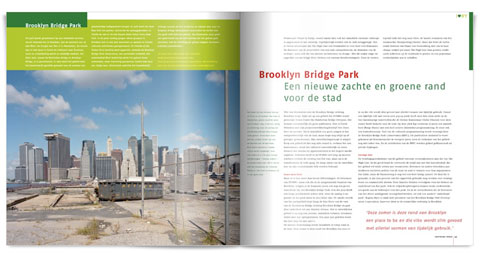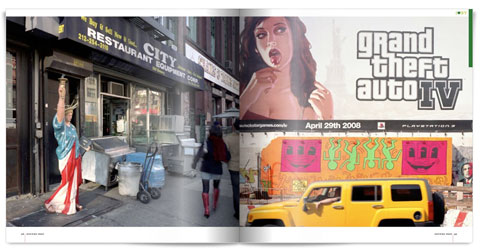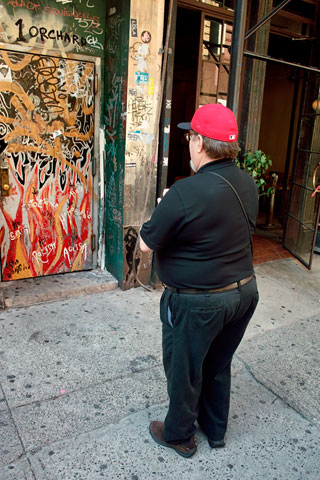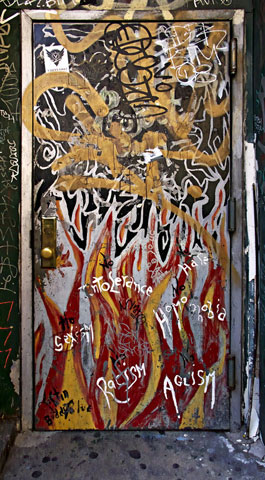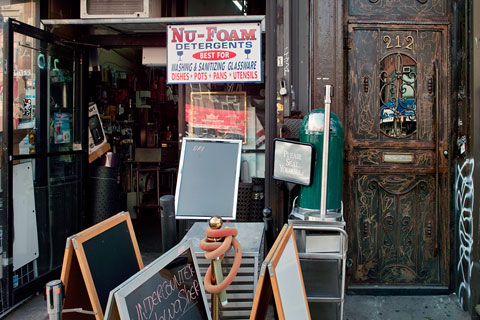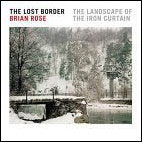New York/New Year's Eve
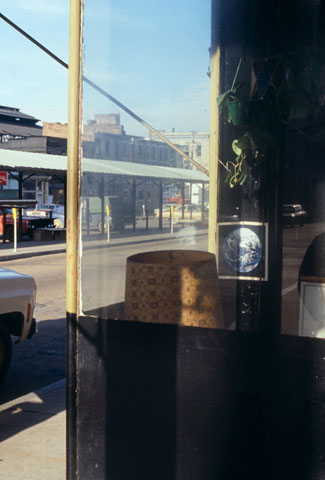
Richmond, Virginia, 1977 (35mm) © Brian Rose
It's the end of 2008, and the calamitous Bush reign comes down to its final days. The economy--capitalism itself--lies broken, while almost 150,000 American soldiers remain in Iraq. I look to 2009 with trepidation, but with measured hope, that all is not lost, as a new president comes to Washington.
The photograph above was taken in downtown Richmond, Virginia, when I first began shooting color. I was struck by a photo of the earth, made a few years earlier on one of the moon missions, taped to the wall in a dusty window of a café. It was one of the first images of the earth seen as a ball floating in the darkness of space. That image changed the way we saw ourselves forever.

